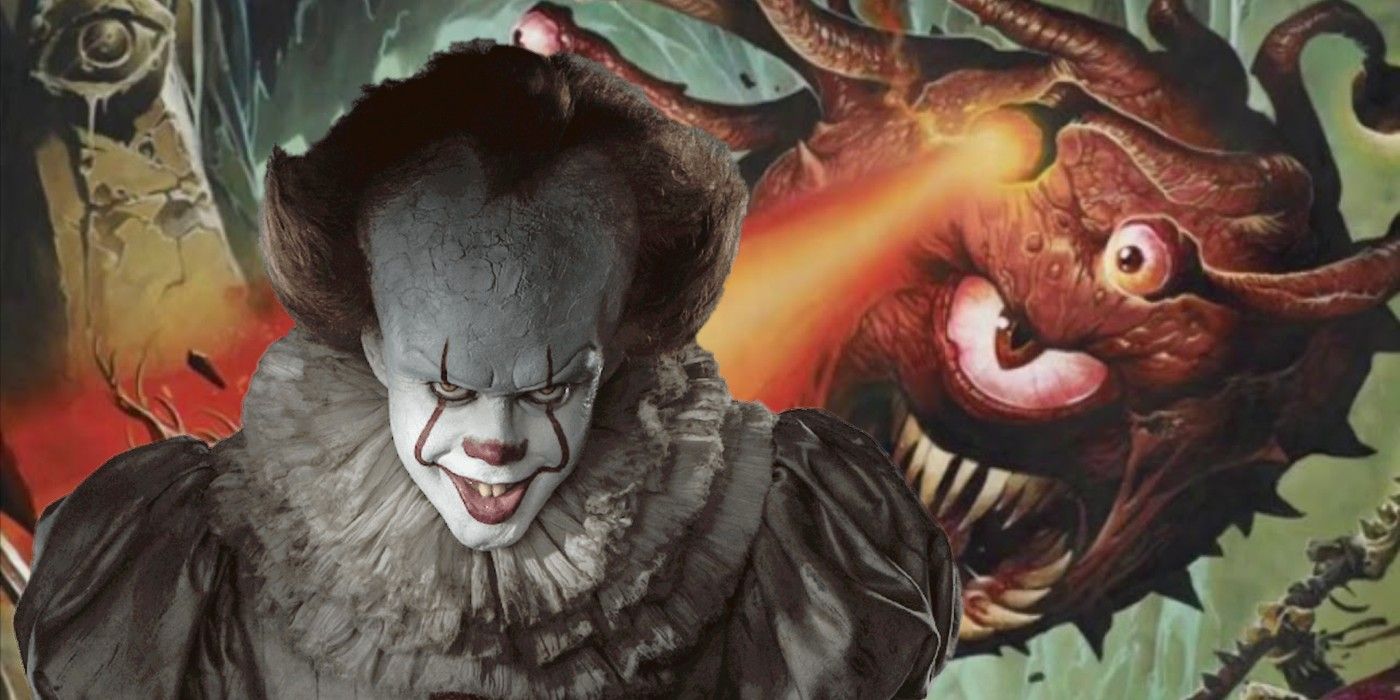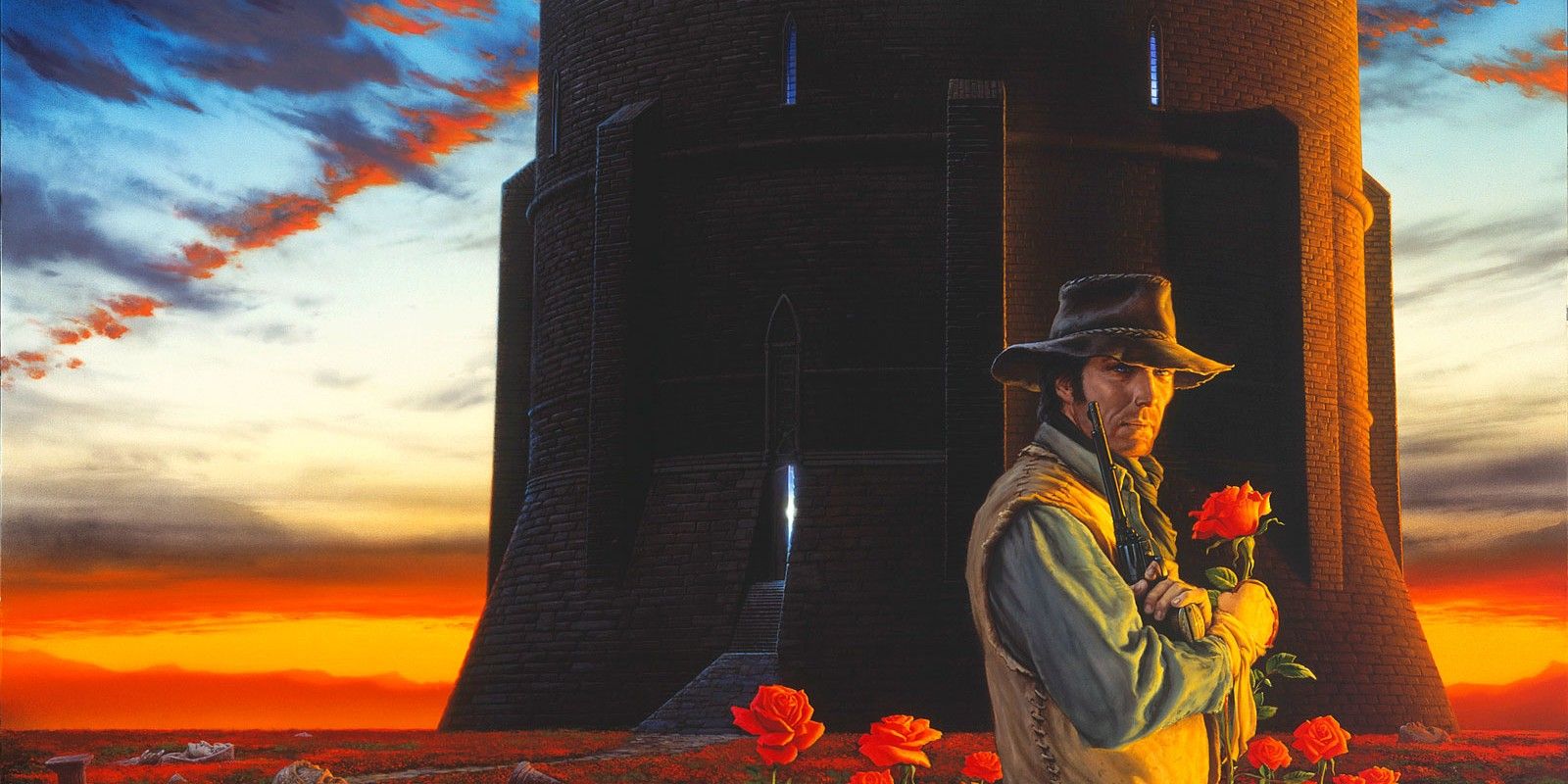The novels and short stories of Stephen King have been adapted into numerous comic books, television series, and movies, and the prolific author’s body of work can also easily serve as inspiration for Dungeons & Dragons campaigns. The majority of King’s stories fit in the horror genre and provide ideas for campaigns that juxtapose dark supernatural elements with grounded characters and settings. King’s multiverse concept, most clearly illustrated in the Dark Tower novels, is very similar to D&D’s notion of planes of existence and allows the author’s style to also service epic campaigns where the fates of multiple worlds are at stake.
One staple of Stephen King’s horror fiction is the very real, raw, and mundane nature of the characters compared to the supernatural horrors that enter their lives. DMs can evoke the style of these stories by running low-level D&D games in low magic settings where a single supernatural element can menace an entire community. Ensuring that characters have their own flaws and inner demons is also key to capturing King’s style. Instead of the usual drives of a D&D adventurer, DMs can request that Player Characters each have a source of shame, guilt, or anger that they grapple with.
Early novels and short stories from King often involve a normally innocuous creature or object that houses malevolence, such as the dog from Cujo, the car from Christine, or the laundry press from The Mangler. These stories could easily take place in the Eberron setting, where demons possessing entities and objects is an established occurrence. However, the DM could take a similar approach in any fantasy setting, including a homebrew world. King's more recent novels like The Outsider could inspire a campaign where one or more Doppelganger monsters create a sense of paranoia and fear in a community.
Dark Tower Inspires D&D Multiverse-Spanning Campaigns
The Dark Tower, King’s multi-part fantasy epic, is easily the best inspiration among his works for D&D campaigns. The story centers on Roland the gunslinger, last survivor of the fallen kingdom of Gilead, pursuing the Man in Black and seeking to save the Dark Tower that exists at the center of the multiverse. This can provide a template for a full campaign that runs from the low to the epic levels of D&D. The D&D cosmology places Sigil, the city of doors, at the center of the multiverse, rather than the Dark Tower. A DM could easily run a D&D game using Sigil and the Planescape setting to emulate the vibe of the Dark Tower novels.
Beyond the psychological depth and vulnerability of characters, using some of the Dungeon Master’s Guide’s harshest optional rules suits the style of a Stephen King-inspired game, as rules like Sanity and Lasting Wounds evoke the grim consequences present in King’s stories. For example, Roland lost several fingers in a battle against "lobstrocities" in The Drawing of the Three, which is a Lasting Wound.
A DM may decide to literally run a campaign using the Dark Tower setting, perhaps set prior to the destruction of Gilead, or in a world-hopping game where the heroes confront the forces of The Crimson King and dark clerics. Using the firearms rules in the Dungeon Master’s Guide even allows for gunslinger Paladins. Stephen King’s vast body of work could effectively inspire a number of Dungeons & Dragons campaigns, where the DM uses otherworldly evil to highlight human flaws and weaknesses, and characters either succumb to darkness or overcome their inner demons as well as those from beyond their world.


